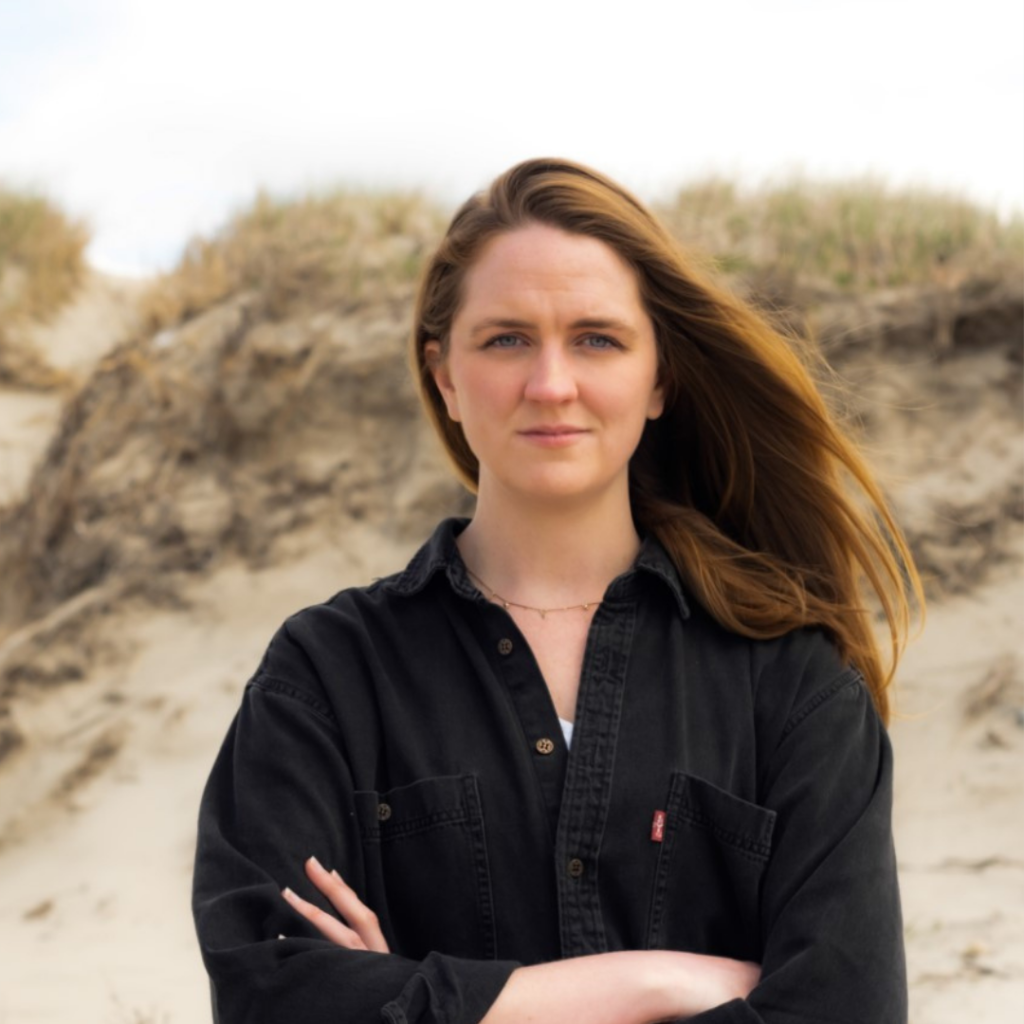
Zannah Matson
Infrastructure Fellow
Zannah Matson’s work focuses on the histories and contemporary reinterpretations of landscapes throughout processes of colonization, violence, and state infrastructure projects. Her current work traces the afterlives of coloniality through highway construction in Colombia’s Eastern piedmont landscapes. She is a PhD Candidate in Human Geography at the University of Toronto. Her research has been funded by numerous donors and awards, including a SSHRC Joseph-Armand Bombardier Doctoral Award and a Fulbright Scholarship.
Zannah had a range of teaching experience. She was an Assistant Teaching Professor in the Penn State Department of Landscape Architecture and a Design for Spatial Justice Fellow at the University of Oregon Department of Landscape Architecture. Zannah has also taught in Urban Planning, Urban Design, and Geography at a number of different institutions.
She has a Masters in Landscape Architecture from the Harvard Graduate School of Design. In professional practice, she’s worked with OPSYS Landscape Infrastructure Lab as Project Manager and Lead Exhibition Designer for the Canada Pavilion at the 2016 Venice Architecture Biennale.
Zannah Matson's work at ii
Futuristic renderings of planned and designed infrastructures are ubiquitous in our lives. We often see these well-lit and high-resolution visualizations on billboards, in PowerPoint presentations, or even as quick videos in advertisements or campaign promotions. But what is the power of these images and how to they both communicate and construct the future?
As a Research Fellow with the Infrastructure Institute, Zannah Matson will be developing a project that examines the role of renderings in infrastructure projects. It is based on her work that examines a highway in the piedmont landscapes in Colombia. Matson will consider the visual language of infrastructural renderings and propose critical ways of engaging with these materials.
Matson’s project with the Infrastructure Institute will analyze the approach of renderings more generally as well as within a specific local project. It will consider the following research questions:
- What constructions of the state and society do infrastructural renderings reinforce?
- How do these visualizations shape people’s relationship to the future and their participation within it?
- How do these visual projections of often unattainable futures contrast and obscure everyday urban infrastructures?
- Can communities engage with these visual materials and shape more representative futures?